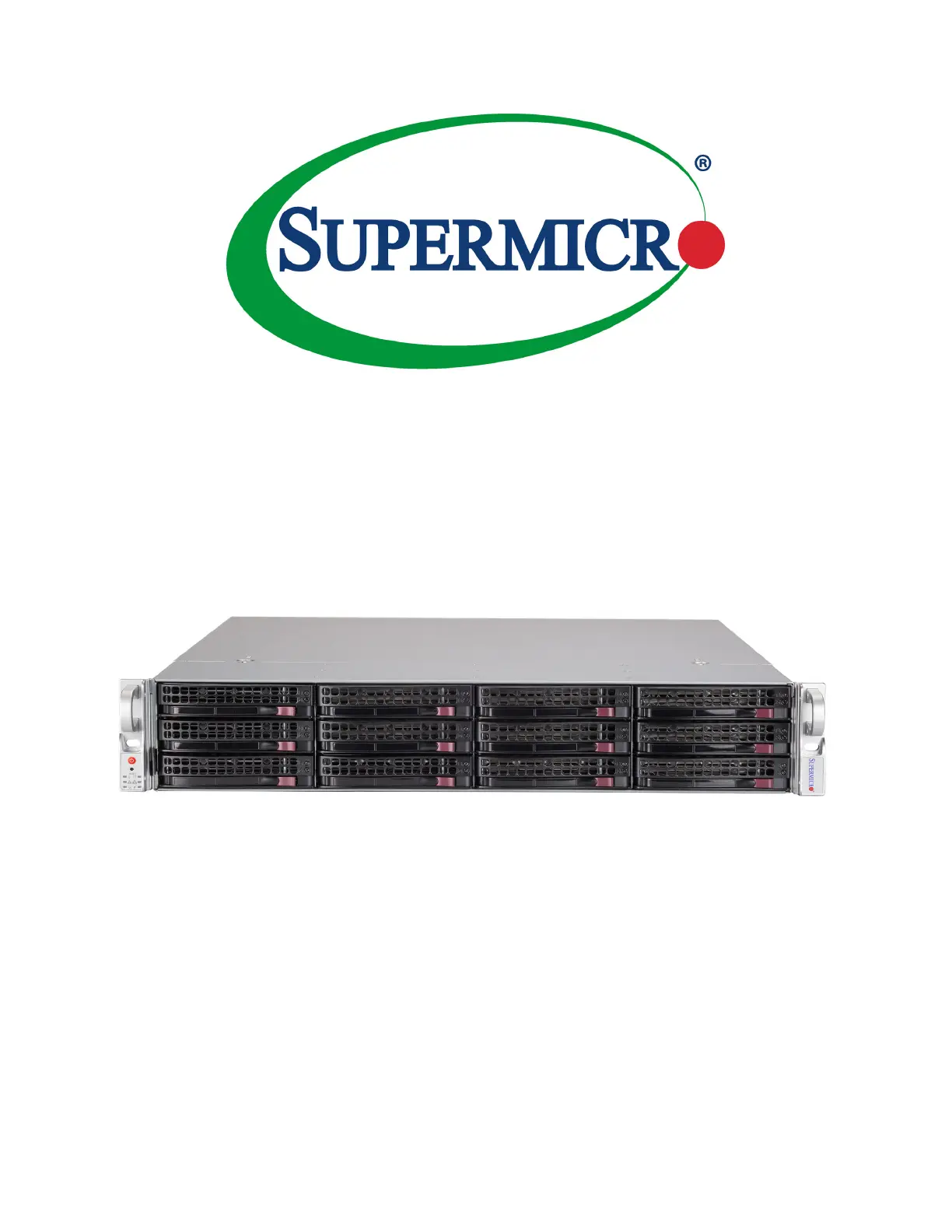Supermicro SuperServer SSG-620P-ACR16H Bruksanvisning
Supermicro
Inte kategoriserad
SuperServer SSG-620P-ACR16H
Läs gratis den bruksanvisning för Supermicro SuperServer SSG-620P-ACR16H (117 sidor) i kategorin Inte kategoriserad. Guiden har ansetts hjälpsam av 19 personer och har ett genomsnittsbetyg på 4.6 stjärnor baserat på 10 recensioner. Har du en fråga om Supermicro SuperServer SSG-620P-ACR16H eller vill du ställa frågor till andra användare av produkten? Ställ en fråga
Sida 1/117

USER’S MANUAL
Revision 1.0
SuperServer
®
620P-ACR16H
620P-ACR16L
Produktspecifikationer
| Varumärke: | Supermicro |
| Kategori: | Inte kategoriserad |
| Modell: | SuperServer SSG-620P-ACR16H |
Behöver du hjälp?
Om du behöver hjälp med Supermicro SuperServer SSG-620P-ACR16H ställ en fråga nedan och andra användare kommer att svara dig
Inte kategoriserad Supermicro Manualer

1 April 2025

1 April 2025

31 Januari 2025

31 Januari 2025

31 Januari 2025

31 Januari 2025

9 Januari 2025

4 Januari 2025

29 December 2024

29 December 2024
Inte kategoriserad Manualer
- Carlo Gavazzi
- Emmaljunga
- Sheeran Looper
- Benidub
- ICU
- Portkeys
- Peerless-AV
- Chauvet
- Kogan
- DBX
- Xtorm
- Leba
- Peach
- Geze
- Bogen
Nyaste Inte kategoriserad Manualer

9 April 2025

9 April 2025

9 April 2025

9 April 2025

9 April 2025

9 April 2025

9 April 2025

9 April 2025

9 April 2025

9 April 2025